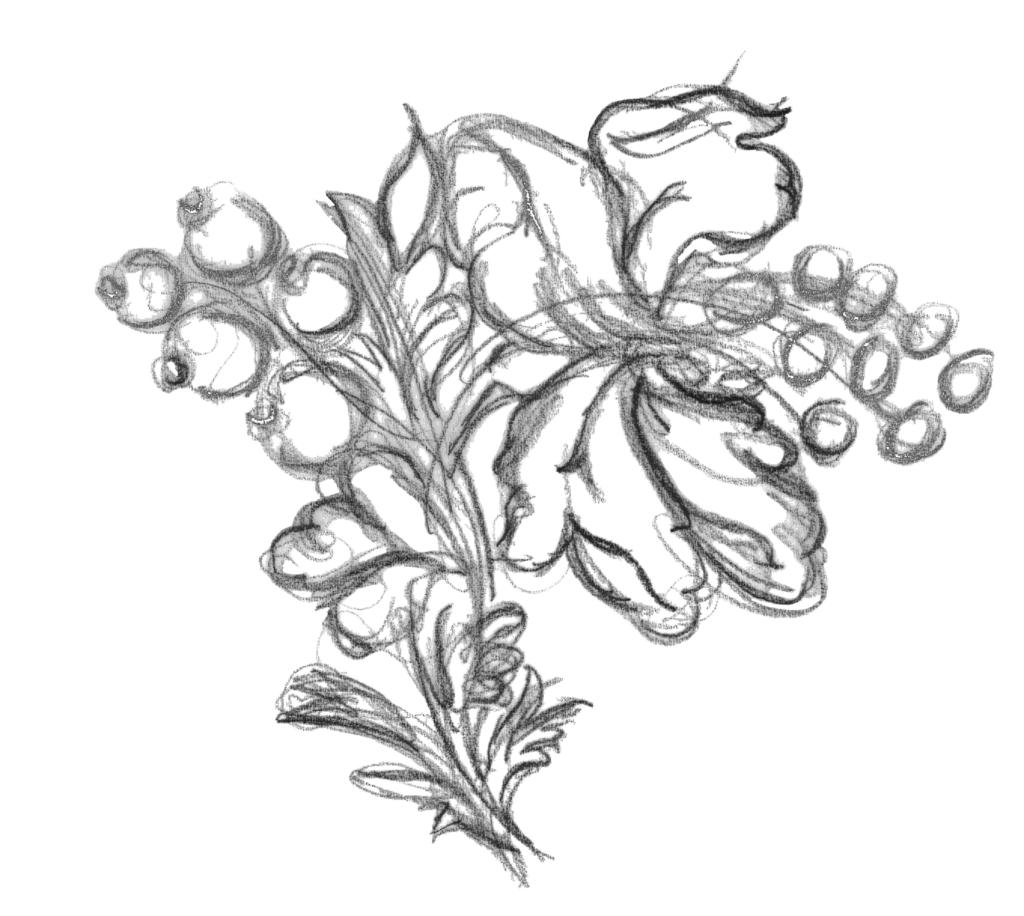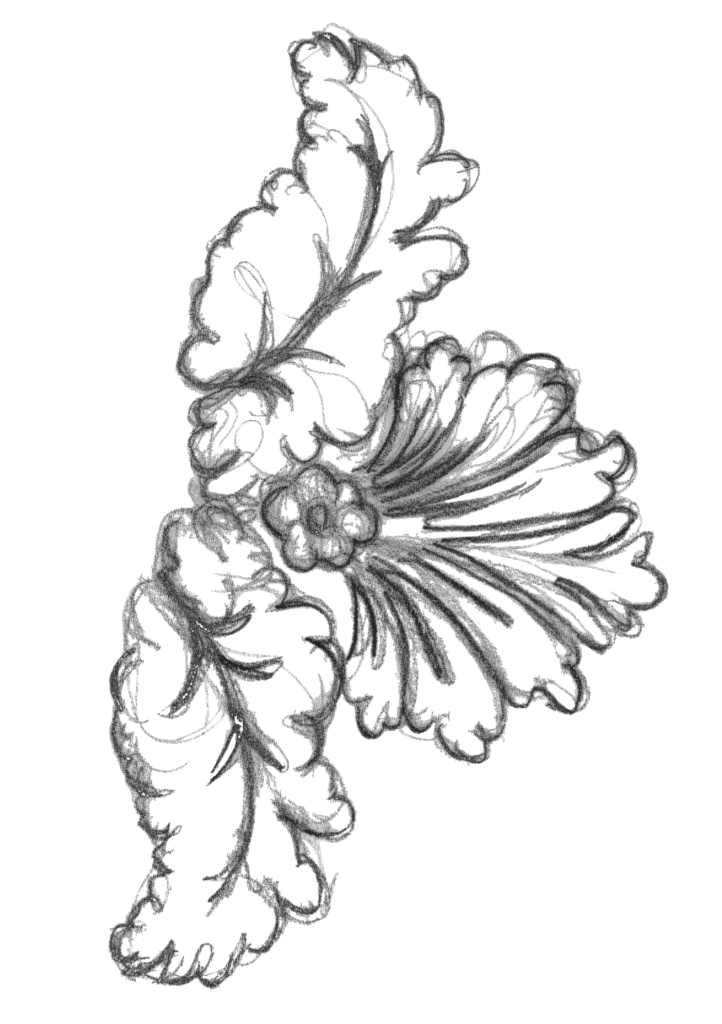Alternating warp ends using yarns of similar counts and different colours. See pick and pick.
The process of cleaning fabrics with organic solvents to remove dirt and some types of stains. In commercial dry cleaning, some water is included with the organic solvent.
When making curtains or upholstering walls, the number of drops can refer to the number of fabric widths used, as well as the drop length required, taking into account the pattern repeat.







